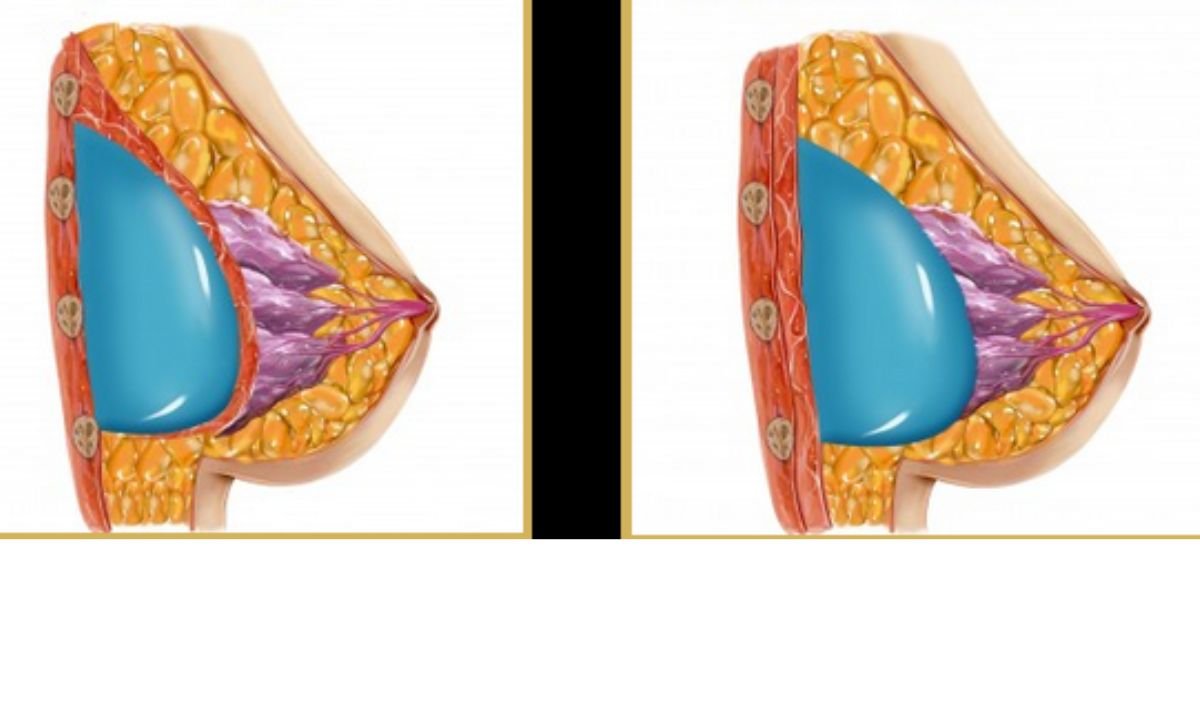Intrathecal (IT) delivery promises direct access to the central nervous system (CNS) by placing a drug into cerebrospinal fluid (CSF), bypassing the blood–brain barrier. That benefit comes with exacting demands on anatomy, dosing precision, and asepsis, especially in small animals where margins for error are slim. The most reliable protocols blend surgical rigor with pharmacokinetic (PK) foresight and robust analytical controls. Below is a practical, research-ready playbook to help teams refine IT methods and generate reproducible, translational data.
Practical Steps to Optimize Intrathecal Injection Protocols
Start with a protocol that reduces variability at the source, then control the parameters that most strongly influence CNS exposure and safety.
Choose catheterization over blind puncture—then standardize the surgery.
Direct lumbar puncture can work for single doses, but it magnifies operator-to-operator variability and raises the risk of epidural delivery or cord injury. Pre-implanted micro-catheters (e.g., guidewire-guided lumbar IT catheters) improve placement accuracy, enable repeat dosing, and cut tissue trauma. Refine the approach with single-operator steps, short surgery time, and clear fixation points to preserve patency. Validate success via CSF sampling rather than behavioral proxies alone.
Calibrate volume, rate, and duration to CSF physiology.
CSF volume in rats (~200–500 µL) is small, so dosing must respect physiological limits. Very small boluses can be lost to catheter dead space; very large ones (>~100 µL in rats) risk pressure spikes and neurobehavioral effects. Infusion rate matters, too: bolus dosing can yield higher Cmax, while slower infusions may underperform for rapidly cleared drugs. Pilot studies should bracket volume (e.g., 30–100 µL in rats) and compare bolus vs controlled (e.g., 20-minute) infusions to define exposure–tolerability sweet spots.
Anticipate species differences when scaling.
Rodents clear CSF rapidly (~29 cycles/day), while humans clear far more slowly (~5/day); non-human primates (NHPs) sit in between (~4/day). That means a profile that crashes in rats may linger longer in humans. Use species-appropriate volumes and rates, then translate using CSF turnover, surface area, and enzyme activity considerations. When budget and ethics permit, NHPs provide a valuable bridge for complex modalities (e.g., oligonucleotides).
Optimize the formulation for the subarachnoid space.
Keep pH, osmolality, and excipients within CSF-tolerant ranges; avoid preservatives that can irritate meninges. Ensure the dose solution is particulate-free and compatible with catheter materials. For large or sticky molecules (e.g., ASOs, peptides), consider low-binding plastics, surfactant micro-amounts if justified, and pre-flush procedures to minimize adsorption and carryover.

Build a PK/PD sampling plan that proves delivery and de-risks artifacts.
Pair plasma with serial CSF sampling (e.g., cisterna magna in rodents) to confirm true intrathecal exposure and systemic “leak-back.” Schedule early time points to capture Cmax and distribution phases, then extend to cover elimination. Where appropriate, add brain/spinal cord tissue levels to define rostro-caudal gradients. Pre-define handling for low-volume matrices and select a bioanalytical strategy (LC-MS/MS, ligand-binding, or ICP-MS for metal/radionuclide elements) with fit-for-purpose sensitivity and matrix tolerance.
Reduce complications with asepsis and proactive monitoring.
Use sterile fields, antibiotic stewardship if indicated, and gentle catheter tunneling to limit infection, thrombosis, or granuloma. Track body weight, pain scores, and hind-limb function post-op; document patency checks and remove/replace catheters at the first sign of obstruction. A tightly written SOP with criteria for re-dose holds, re-cannulation, and humane endpoints protects data quality and animal welfare.
Lock down reproducibility with analytics and QA.
Confirm placement and exposure with objective measures (CSF drug levels), not assumptions. Standardize operators, training logs, fixtures, infusion pumps, and catheter SKUs. Include positive-control runs and device qualification. Finally, record volume accounting (including dead space), infusion logs, and deviations—these metadata often explain outliers.
Conclusion
Optimizing it injection protocols is about taming variability where it matters most: placement accuracy, CSF-appropriate dose mechanics, biocompatible formulations, etc. Catheter-based delivery, carefully tuned volume/rate, and matrix-savvy bioanalysis form the core of a reliable workflow, while rigorous asepsis and SOP discipline sustain consistency across studies. Teams that implement these controls generate cleaner exposure–response relationships, reduce repeat work, and improve translational confidence, accelerating CNS programs toward IND with fewer surprises.
YOU MAY ALSO LIKE: Transform Your Health with Weight Loss and Wellness in Spring Hill, FL











